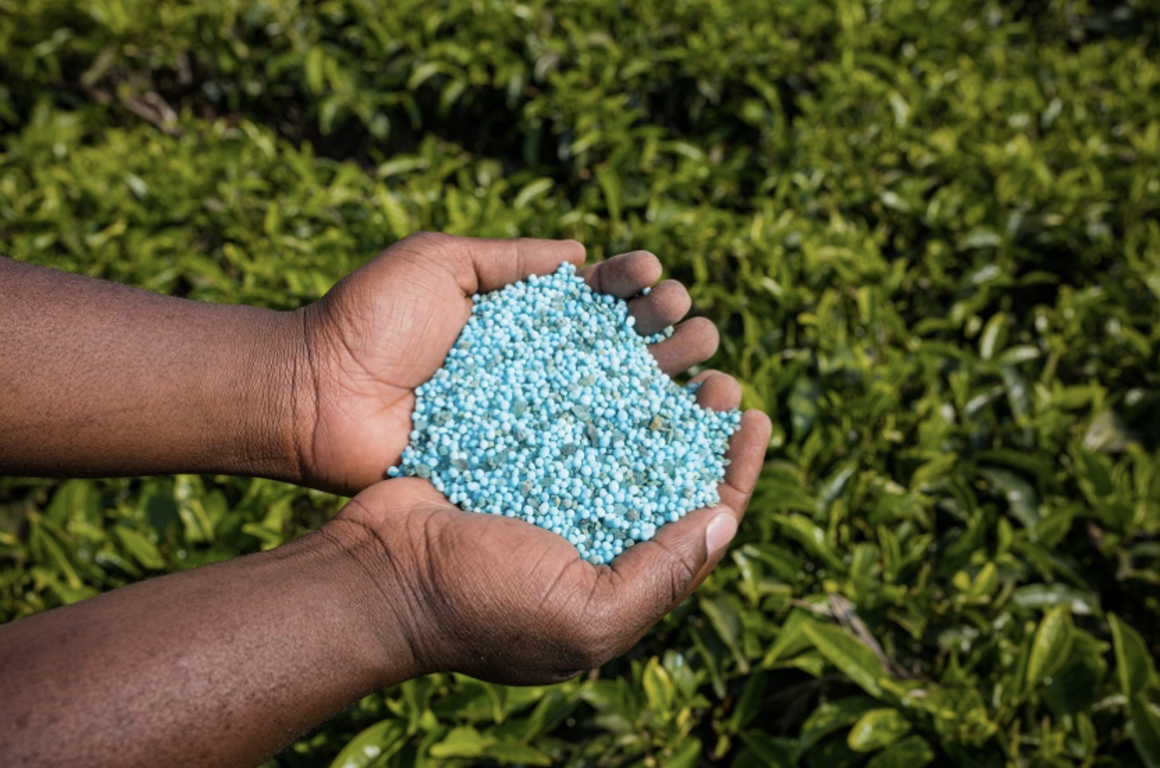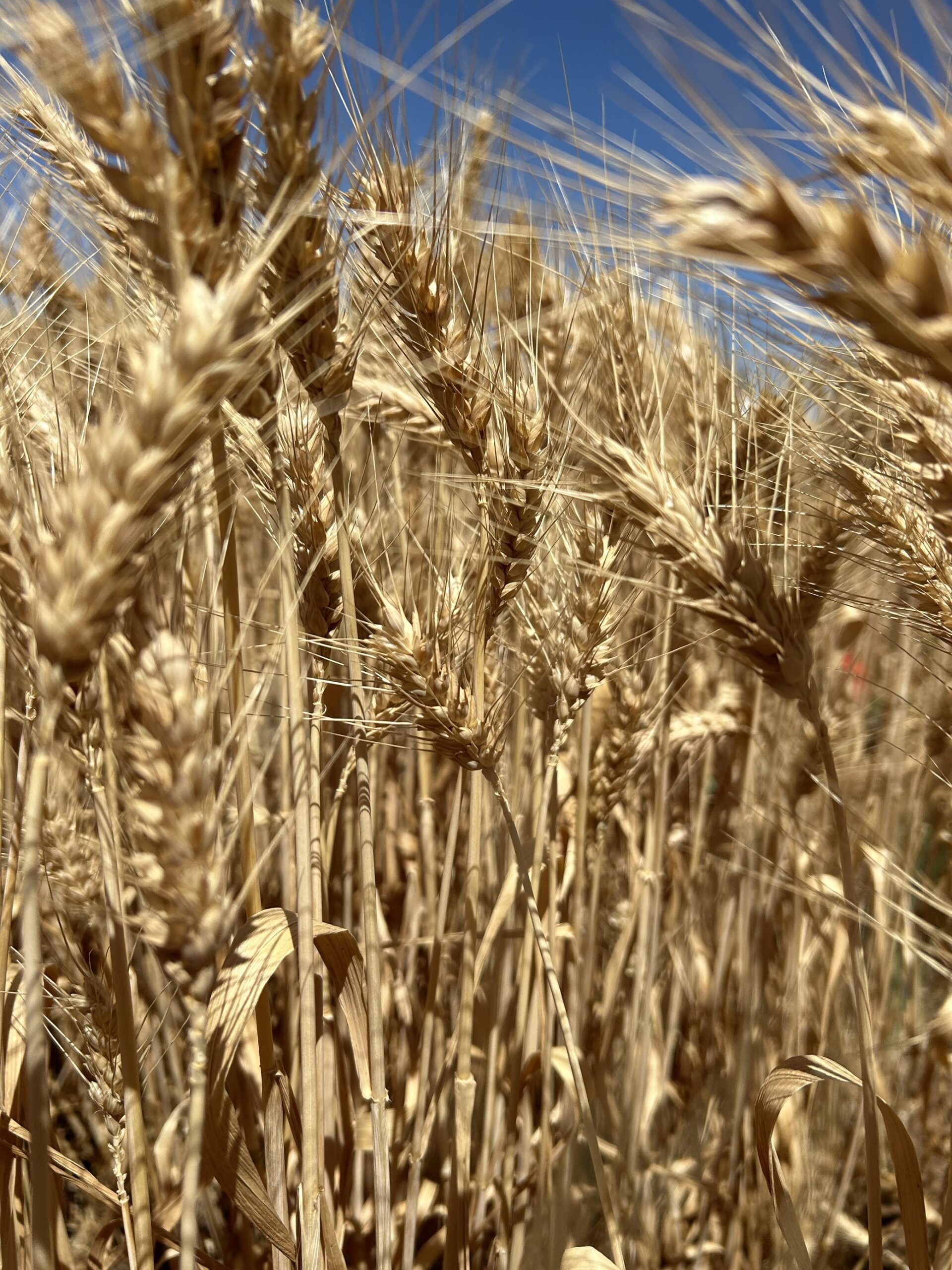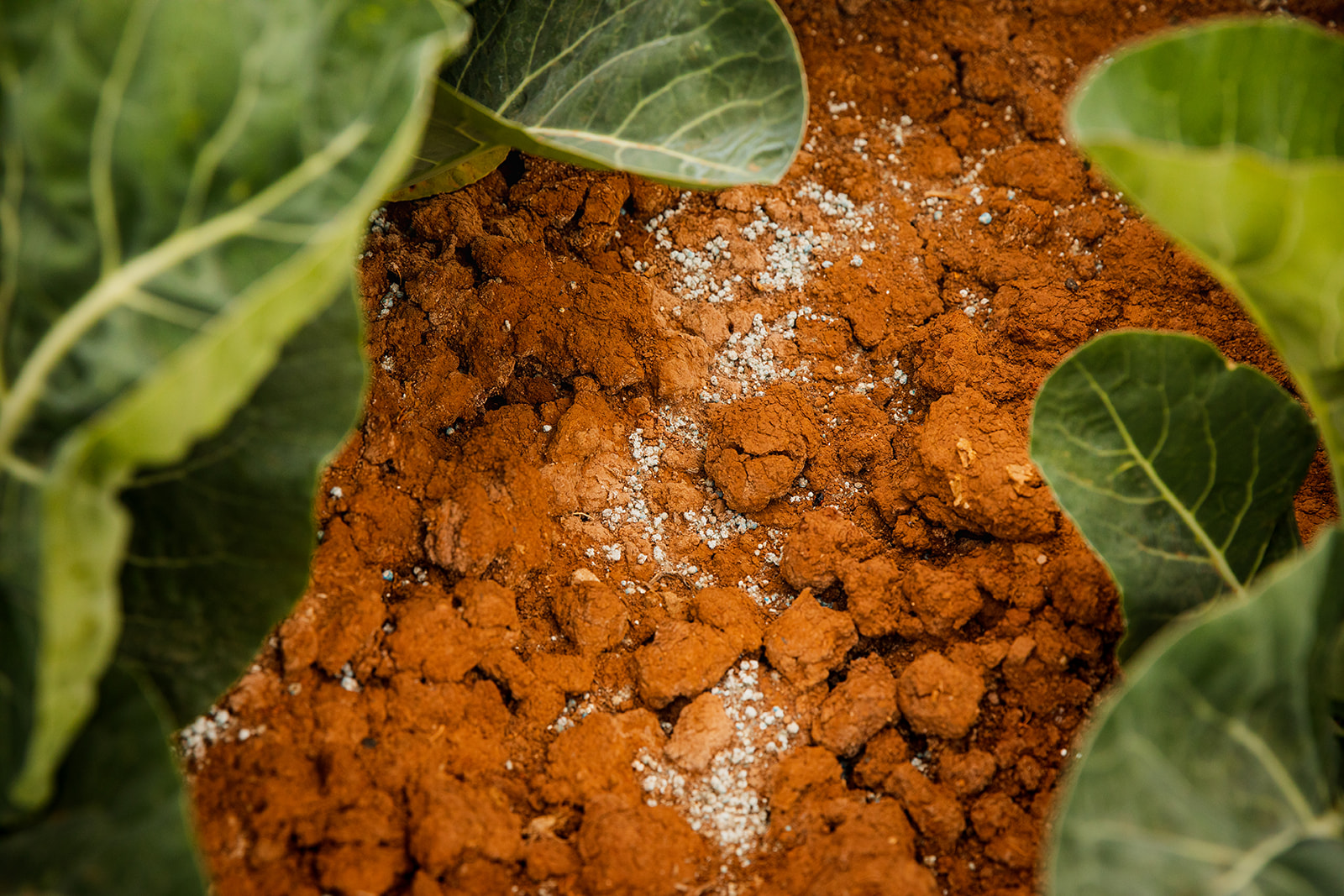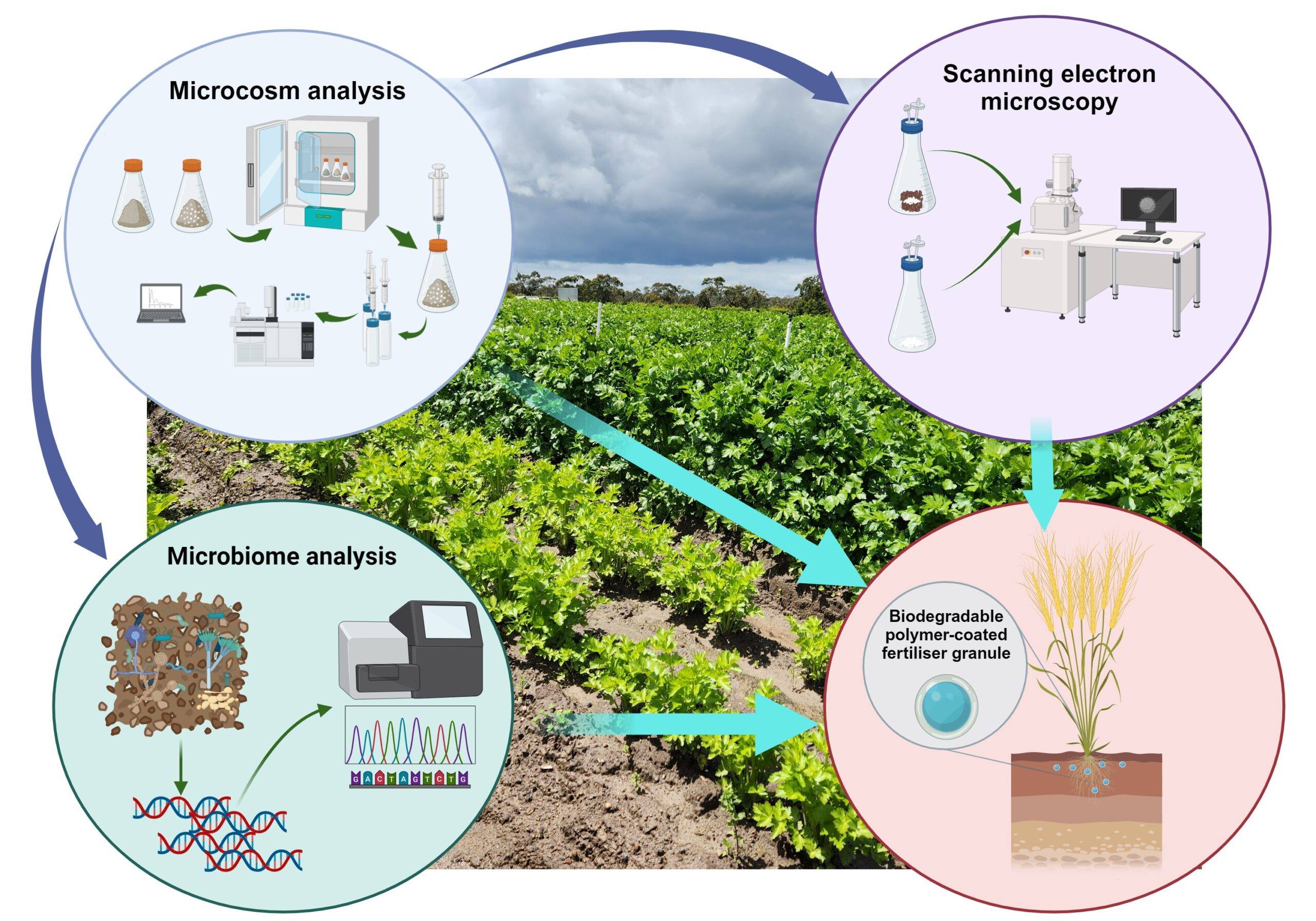A deep dive: urease and nitrogen inhibitors technologies
Nitrogen (N) is crucial for plant growth, as it is an essential component of proteins. Therefore, a sufficient supply of N – in the form available to plants – is vital for global food security, especially given our continuously growing world population: expected to reach 10 billion by 2050.
The Haber-Bosch process is great, but we need more.
The widespread use of N-based fertilisers since the invention of the Haber-Bosch process in the early 20th century has revolutionised modern agriculture. The process, which produces ammonia – the basis of nitrogen fertilisers – from air and gas, is regarded as one of the most important industrial developments of the 20th century.
However, the utilisation of N fertilisers in agriculture is highly inefficient; with 50-70% of applied N lost to the environment. These losses result in economic inefficiencies and environmental concerns due to leaching of N fertilisers and their byproducts into waterways and the atmosphere as greenhouse gases. To slow the degradation of N fertilisers and maximise its utilisation by crops, n recent years urease and nitrification inhibitors have emerged as effective tools to increase the efficiency of N fertilisers. But what are they? How effective are these technologies? And how do we improve them?
To address this, a review paper by Gupta et al. (2023) from the ARC Research Hub for Smart Fertilisers at the University of Melbourne offers insights into the complex interactions between N fertilisers, plants, soil, urase and nitrification inhibitors, the wider environment, and provides future directions for inhibitor use and development.
Urease and nitrification inhibitors
As their name suggests, urease and nitrification inhibitors slow down processes that degrade urea into forms of N that are easily lost to the environment. These inhibitors temporarily delay enzyme and microbial action, thereby providing plants more time to uptake N in forms that are accessible.
The effectiveness of these inhibitors varies. Many commercially available inhibitors such as NPBT, DMPP, and DCD are generally effective but vary depending on crop species, soil and climatic factors. The review review discusses, ‘ both controllable management practices and uncontrollable weather dynamics.’
The efficiency of inhibitors relies on both improved agricultural practices and the development of novel inhibitors with enhanced effectiveness under variable conditions. The development of a successful inhibitors requires a collaborative approach that is interdisciplinary. One that requires the perspectives of synthetic chemists, biochemists, microbiologists, plant nutritionists, and agronomists.
Continued research in this field will contribute to the sustainable advancement of essential agriculture practices, crucial for sustainably feeding our growing population.
To read more, visit here.
To keep up to date with new developments in the Hub, sign up for our newsletter.




